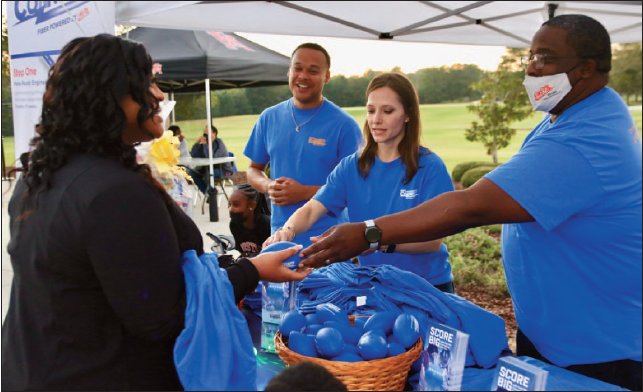East Mississippi Connect
A spokesperson for East Mississippi Electric Power Association (EMEPA) said that the company is already providing high-speed internet accessibility to a portion of Kemper County, with access set to eventually be provided to the currently unserviced areas as well.
Julie Boles, director of marketing and communications for EMEPA, said that the parts of Kemper County that are served by the DeKalb, Townsend, and Cleveland substations are already able to receive the internet service if they desire.
“Those were all a part of Phase 1,” she said. The Handle substation that services the Preston area in Northwest Kemper County is part of Phase 2, while the Blackwater substation, which covers the South central part of county is included in Phase 3. The Scooba substation, which basically takes care of the Hwy 45 corridor through the county, is scheduled in Phase 5.
She said the service is being provided by East Mississippi Connect, the fiber internet subsidiary of EMEPA.
“We started construction in October of 2020 and here a year later have made a lot fo progress,” Boles said.
She noted that it is very important for those who are interested in receiving internet service from East Mississippi Connect to go ahead and get on the potential subscriber list. “We are going to go down that list first when the service is ready to go in the affected areas.” She said. Boles said customers are encouraged to contact the company at www.eastmsconnect.com. Those who don’t have computer access can also call 601-581-8800 or go by their local EMEPA office.
Boles pointed out that there are basically seven steps required to provide service to the communities scheduled to be included in each phase of the project.
Step one is make ready engineering, which includes examining existing infrastructure.
Step two is make ready construction, which includes making upgrades to getting existing infrastructure ready for adding fiber lines.
Boles noted that if a customer’s power comes from overhead lines now, the internet service would as well. Those who receive power service from underground lines, will receive internet the same way.
Step 3 is burying fiber cable underground and stringing it from poles.
Step 4 is splicing the necessary cable at each end point and mounting splices in enclosures secured to distribution poles.
Step 5 involves the service drop, which means extending the fiber cable from the nearest splice point to the area receiving service.
Step 6 is drop splicing. This is the final outdoor step in a fiber construction project and gets the network ready to be connected to homes.
Step 7 is installation in the home or business.

